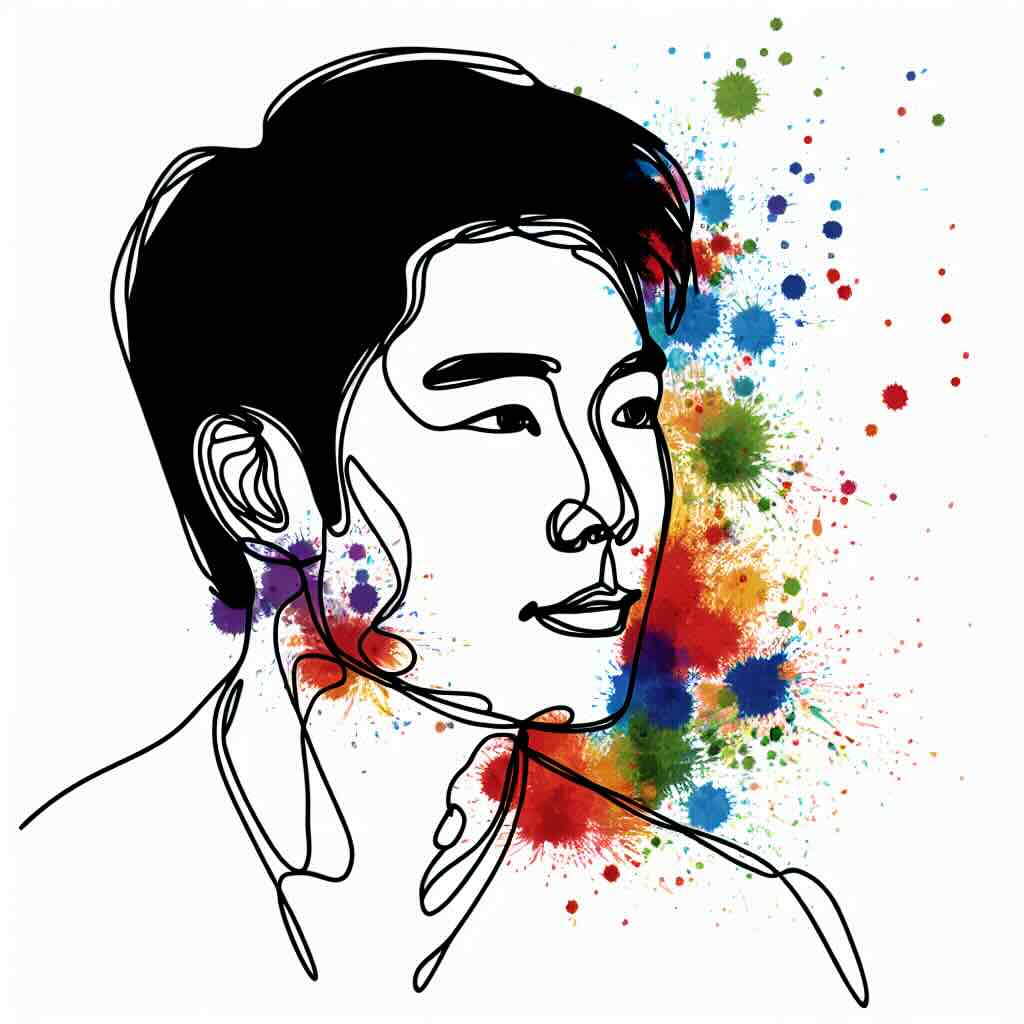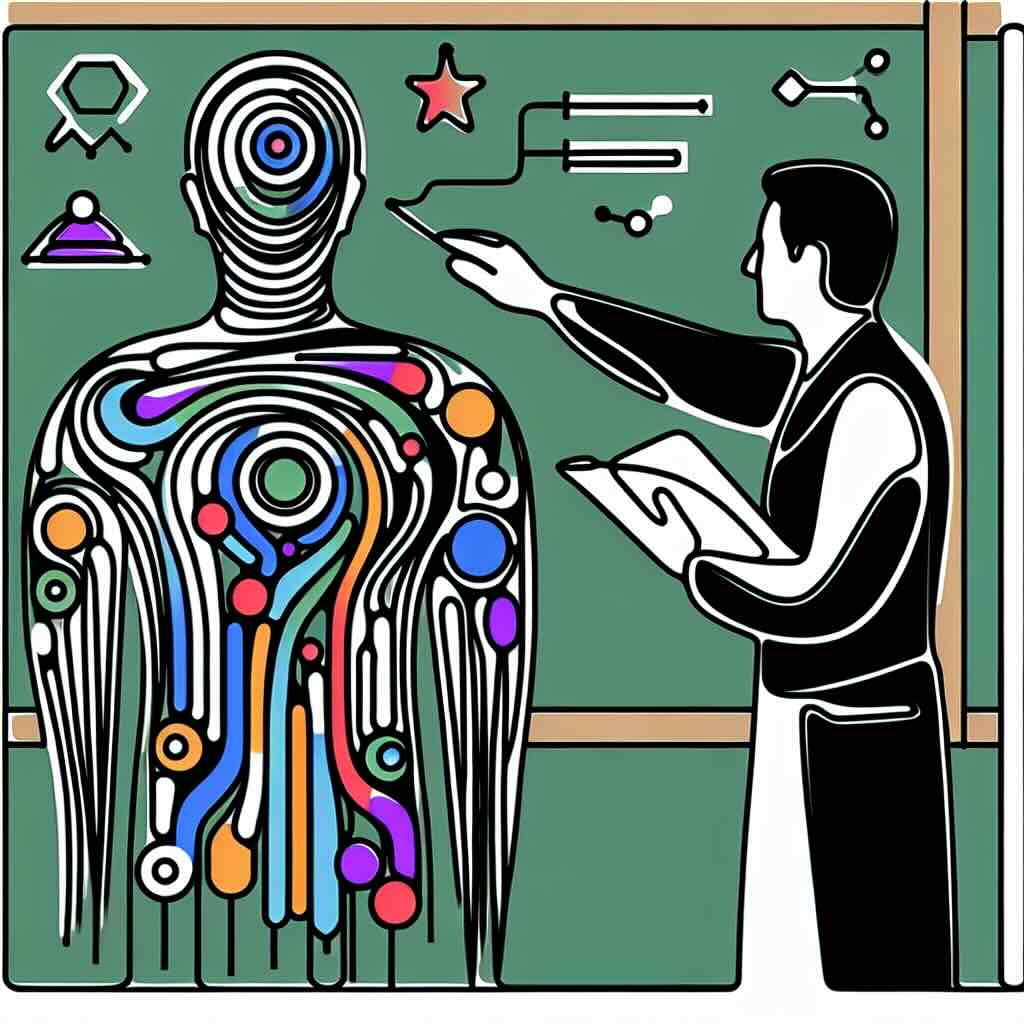Learning design is a rapidly growing field that sits at the intersection of education, technology, and instructional strategy. Learning Designers play a crucial role in creating effective, engaging, and accessible learning experiences across higher education, corporate training, and online learning environments. If you're interested in a career that blends creativity, pedagogy, and problem-solving, becoming a Learning Designer could be the right path for you.
Table of contents
- What is a learning designer?
- How to get a job as a learning designer
- What is an example of learning design?
- How do you become a learning designer?
- What skills, knowledge, and behaviours does a learning designer typically use?
- What tools does a learning designer use?
- What is a typical day or week for a learning designer?
- What is the main difference between a learning designer and an Instructional Designer?
- How does the learning designer differ from the educator or subject expert?
- What qualifications do I need to become a learning designer?
- Benefits of being a learning designer
- Downsides of being a learning designer
- Summary
- One thing you can do today - to sample the role of learning designer
- Related topics
What is a learning designer?
A learning designer is responsible for planning, structuring, and developing educational content that meets specific learning goals. Unlike educators, who's primary focus will be the topic, learning designer concentrate on the process of learning itself. They ensure that courses, modules, and training materials are engaging, effective, and accessible for learners. They work closely with subject matter experts (SMEs), educators, and stakeholders to create learning experiences that are aligned with educational outcomes and learner needs.
While learning designer share similarities with instructional designers, their focus tends to be more holistic, considering the entire learner journey rather than just the instructional methods or content delivery. They often work in higher education, corporate training, or edtech, contributing to online courses, blended learning environments, and digital learning platforms.
How to get a job as a learning designer
Breaking into the field of learning design requires a combination of education, experience, and practical skills. Many learning designers come from backgrounds in education, instructional design, multimedia development, or UX/UI design.
To secure a job in this field, consider the following steps:
- Gain relevant education and training – While some learning designers have degrees in education or instructional design, others come from adjacent fields like psychology, UX, or media studies. Online courses, certifications, and practical experience can be valuable.
- Develop a portfolio – Employers often look for tangible examples, or a clear narrative, of your ability to design effective learning experiences. Building a portfolio with case studies, course designs, or eLearning prototypes will make you stand out. It's not always possible to share previous work, and if you can't develop a portfolio, prepare examples that are relevant to the person and job specification of a learning designer.
- Network with professionals – Engaging with learning design communities, attending industry events, and participating in online networks can help you connect with employers, fellow designers and potential mentors.
- Gain practical experience – Volunteering for projects, freelancing, or interning in instructional design or eLearning roles can give you the hands-on experience needed to land a full-time role.
What is an example of learning design?
A great example of learning design is a well-structured online course that integrates multimedia, assessments, and interactive elements to enhance learning. For instance, a university might develop a blended learning module, and a learning designer would:
- Work with faculty to identify key learning outcomes.
- Create engaging video content and animations.
- Design quizzes and discussion prompts to reinforce learning.
- Structure the course for easy navigation and learner engagement.
- Implement accessibility features to ensure inclusivity.
Learning design isn't just about putting content online; it’s about structuring it in a way that makes learning more effective, engaging, and measurable.
How do you become a learning designer?
Becoming a Learning Designer involves developing expertise in teaching strategies, assessment methods, learning technologies, and learner engagement.
Here’s how you can start:
- Learn the fundamentals of learning design – Study instructional design models (e.g., ADDIE, Bloom’s Taxonomy, Universal Design for Learning).
- Get hands-on with learning technologies – Experiment with learning management systems (LMS), authoring tools, and learning design platforms.
- Develop learning theories and pedagogical knowledge – Understanding how people learn is key to designing effective courses, search for blogs, books, journals and videos on this topic and start to put what you learn into practice (in your current role, a portfolio or a side project).
- Build a portfolio of work – Create sample learning experiences, such as interactive modules, course outlines, or eLearning projects, either for your current employer, your place of study or a charity.
- Seek mentorship and networking opportunities – Connect with professionals in the field for advice, learn from their experiences and be connected to hear of the latest opportunities.
What skills, knowledge, and behaviours does a learning designer typically use?
A successful learning designer possesses a mix of technical, creative, and analytical skills, including:
- Teaching strategies, assessment and pedagogy – Understanding learning theories, best practices for structuring content and how to measure learning with assessment.
- Technology proficiency – Familiarity with LMS platforms, learning design tools and multimedia software and hardware.
- Project management – Managing timelines, collaborating with SMEs, and ensuring courses are delivered on schedule is essential.
- Creativity & problem-solving – Designing innovative learning solutions to keep learners engaged.
- Collaboration & communication – Working effectively with educators, trainers, and stakeholders is key to collaborative learning design.
What tools does a learning designer use?
Learning Designers rely on a range of tools to create, structure, and enhance learning experiences.
- Learning design platforms like Coursensu, Miro or Word set the learning process by helping designers map out courses, align learning objectives, and collaborate in a shared space with educators, and stakeholders.
- Learning Management Systems (LMS) like Brightspace, Moodle, and Canvas are used to deliver and manage courses. They provide spaces for the content, activities and assessments defined within the learning design.
- Media development tools for video, audio and images.
- Project management tools such as Trello, Asana, or Scheduler for planning and project management.
- AI tools such as ChatGPT, Perplexity and Claude assist in generating course content or validating an approach / idea, or integrated AI tools like Coursensu's co-pilot.
What is a typical day or week for a learning designer?
A learning designer’s week can involve:
- Collaborating with SMEs and instructors to define or validate learning goals.
- Designing interactive courses using authoring tools.
- Testing & reviewing course modules for usability and accessibility.
- Gathering feedback from learners and iterating on designs.
- Researching trends in eLearning and digital education.
- Exploring & innovating with new technologies, approaches and methods.
The job varies depending on the organisation, but adaptability and problem-solving are commonplace.
What is the main difference between a learning designer and an Instructional Designer?
While the terms are sometimes used interchangeably, learning designers focus more on the overall learner experience, while instructional designers often focus on curriculum development and instructional methods.
How does the learning designer differ from the educator or subject expert?
A learning designer and an educator (or subject [matter] expert) have distinct but complementary roles when developing learning experiences. The educator (or expert) brings deep subject knowledge, ensuring accuracy, relevancy, and alignment with academic or industry standards. The learning designer focuses on how the learning can be structured, delivered, and experienced by learners - applying pedagogical principles, instructional strategies, and design thinking to create engaging and accessible learning experiences.
In some organisations, these roles are increasingly blending. In some cases, the SME is also the learning designer, responsible for both content and its effective design and delivery. This is extending beyond education into areas like compliance training, technical instruction, and workplace learning.
You may be a subject expert with a role that has many similarities to a learning designer, this can provide an increase in role responsibiilities as well as expanded future career options.
What qualifications do I need to become a learning designer?
While there’s no single path, common qualifications include:
- Degrees in education, instructional design, UX, or related fields.
- Certifications in eLearning development, learning technology, or pedagogy.
- Experience with course design, digital learning tools, and learning theory.
Many professionals transition into learning design from teaching, UX, or content development backgrounds.
Benefits of being a learning designer
- Creative and engaging work.
- Opportunity to impact learners at scale.
- Continuous learning and development.
- Flexibility to work in various industries, locations and organisations.
- High demand for digital learning skills.
Downsides of being a learning designer
- Managing multiple projects at once can be challenging.
- Tight deadlines in corporate or edtech environments.
- Staying updated with evolving technology requires ongoing learning.
- Gaining credibility in organisations that are new to learning design.
Summary
Becoming a learning designer is a rewarding career that combines creativity, education, and technology. It requires a mix of skills, including instructional design, multimedia development, and project management. Whether you come from an education, technology, or design background, gaining practical experience, building a portfolio, and networking with industry professionals will help you land a role in this growing field.
One thing you can do today - to sample the role of learning designer
Try creating a simple storyboard for an online course using a tool like Google Slides, Miro or Coursensu. Think about how to structure the content, what activities need to be included, and how you would assess learning. This hands-on experience will give you insight into the role of a learning designer.
Related topics
- How to build an eLearning portfolio
- Best tools for Learning Designers
- The role of AI in Learning Design
- How to transition from teaching to Learning Design
- Key trends shaping digital learning in 2025







